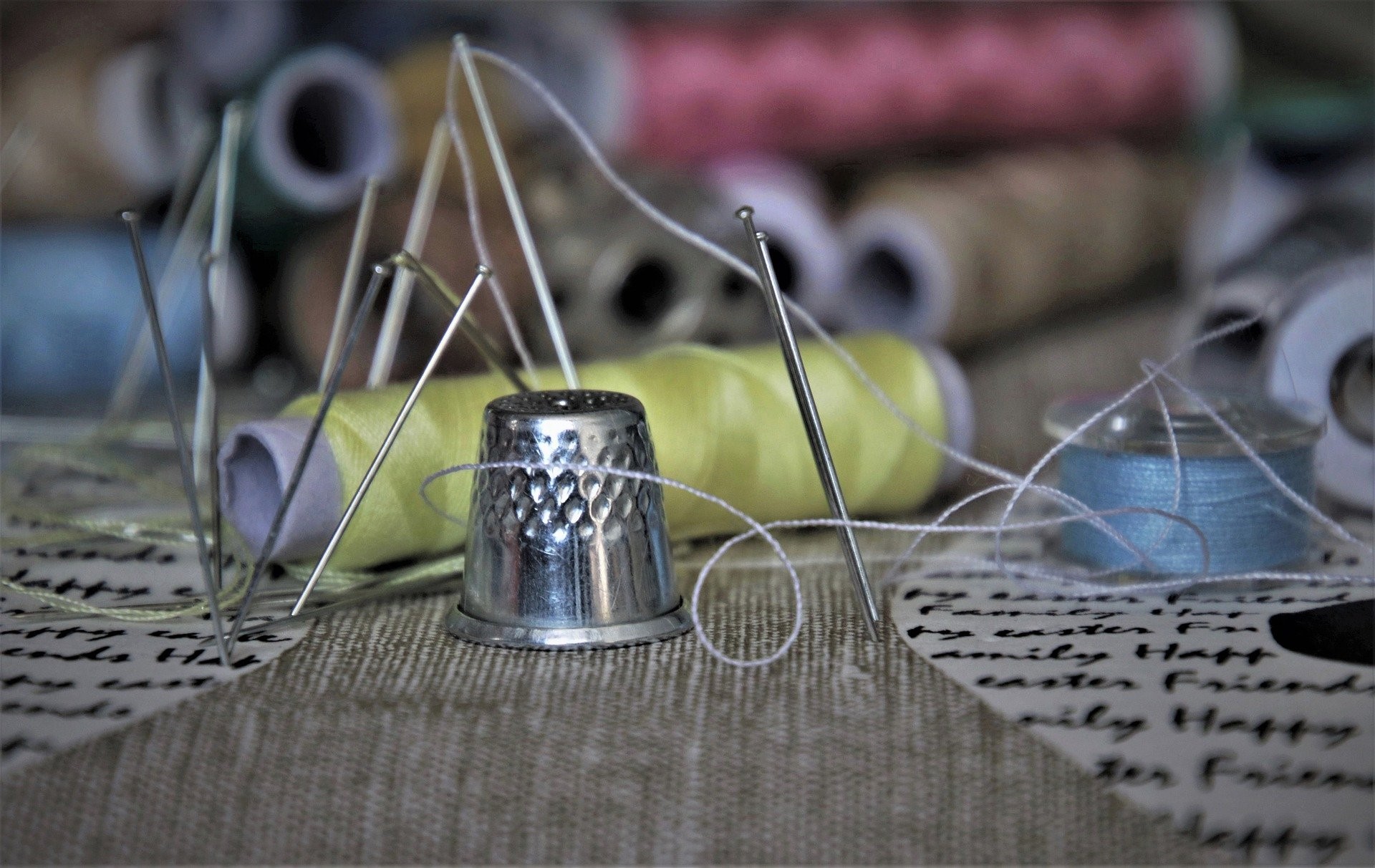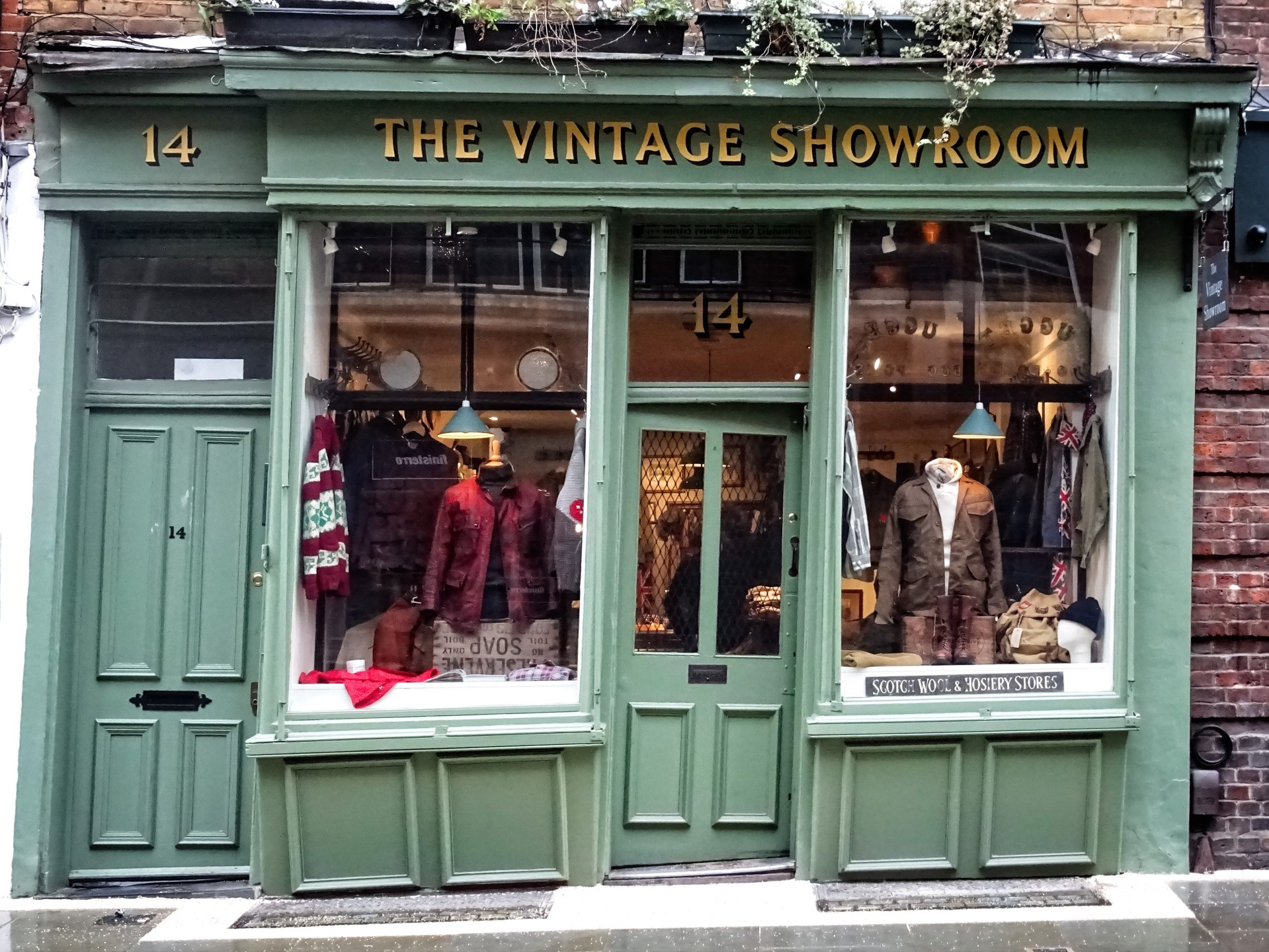Creating a Sustainable Wardrobe
Creating a sustainable wardrobe means thinking very carefully about what you actually need, and what you should and should not buy. Fast fashion has a lot to answer for. And excess consumption means many people have far more clothing than they really need. By thinking more carefully about what we buy, what we wear, and what we throw away, we can move one step closer to a more sustainable, ethical and eco-friendly way of life.
Look At What You Already Own
Creating a sustainable wardrobe begins with an analysis of what you already have. Make sure you actually know what you already own before you decide to go out and buy anything new. Look at what works in your existing wardrobe, and what does not.
Less is often more. A well planned and well chosen capsule wardrobe of beautiful, long-lasting, practical and multi-functional pieces is far better than heaps of clothes that you practically never wear.
You do not have to spend a fortune to kit out your wardrobe with a well thought out capsule collection. Here's how you should begin:
Make Do and Mend

Take some time to go through your existing wardrobe to see whether there are old clothes there that could be given a new lease of life. You might be able to:
- Make small repairs to old items using basic sewing skills.
- Alter items that are too big by taking in the seams or raising a hem.
- Combine and alter clothes that are to small to make something you can wear.
But do not be tempted to hold onto clothes that you really won't wear. If they are in good condition and repair, be sure to donate or gift them rather than just throwing them away. And remember – even small scraps of cloth might come in handy for other things.
Upcycle and Repurpose
You can also often take old pieces of clothing in your wardrobe that cannot be mended or altered, or which you simply do not like any more, and turn them into something entirely new. Upcycle old clothing to make new, unique pieces of clothing. If you need to learn sewing skills, or be inspired, there are plenty of great courses, tutorials and ideas online.
When you upcycle and repurpose old clothes, you can really go to town. You can use your imagination, be true to yourself, and create clothes that really reflect your personality and show people who you are.
Clothing and other textiles continue to impact people and planet throughout their lifecycle. They can continue to do so even when they reach the end of their lives. In our disposable, hyper-consuming society, huge quantities of textiles are thrown away each year.
Discarding all that fabric comes at a cost. Synthetic materials stick around, releasing plastic micro-fibres into the environment. They create a mammoth waste problem for future generations to solve.
But even natural, 100% biodegradable fabrics pose a problem when sent to landfill sites. Biodegrading materials like natural textiles and food waste which break down in an anaerobic environment lead to the release of methane – a greenhouse gas 25 times more potent than carbon dioxide. So sending such things to landfill worsens global warming.
Upcycling old clothes is a great way to reduce this waste and help in tackling our climate crisis. It can also, of course, save you money.
Many people imagine that you need to be an expert at sewing to upcycle old clothes. Some projects are obviously more complex than others. But some are super simple, and many don't need anything but the most basic of skills.
If you can sew on a button, or sew up a hem, you already have the skills you need. If you don't, these skills are very simple and easy to learn.
If you are a complete novice, sewing skills can be gained by:
- Asking family or friends to share their skills.
- Learning using all the resources available online.
- Reading books (perhaps even from a local lending library).
- Taking a course in sewing.
- Or joining a local sewing club.
You can take two different paths when it comes to upcycling old clothes. You can take your time and use age-old hand sewing methods, or use a sewing machine.
Of course, old clothes can be upcycled not just to make different clothes, but also for a range of other purposes around your home and garden.
Choose Pre-Loved Clothes
If you have exhausted the options already in your wardrobe, choose second hand or 'pre-loved' clothing whenever possible. By choosing second hand clothing, you avoid the need to make new clothes. You also keep those old clothes from ending up in landfill. You can keep them going just that little bit longer.
You can find pre-loved clothes for free by:
- Receiving clothes from, or swapping clothes with, friends or family members.
- Sourcing clothes for free from online sites like Freecycle etc..
You can also pay for second-hand clothing. Try:
- Checking out local charity shops, thrift stores or yard sales, etc..
- Buying second-hand clothes online through Ebay, Etsy, and other online marketplaces.
- Shopping for vintage clothing in a chic vintage boutique in person or online.
Just because clothing is second-hand, that does not mean that it has to be second-rate.

If You Do Buy New Clothes, Buy Better
Synthetic clothes comes at a huge carbon cost. They take a lot of energy, water and other resources to produce. What is more, tiny particles in the clothes come out in the wash and end up down the drains. And they will not decompose at the end of their useful life.
Natural fabric clothing like cotton, for example, and new eco fabrics like those made from bamboo will biodegrade. But these clothes too can cost a lot to produce – in terms of energy, water, land etc.. It is also worth remembering that whatever clothes you buy have a carbon cost associated with delivering to shops, or to you.
Cotton clothing may seem like a better alternative to synthetic clothes. But cotton clothing also comes at a cost. 100% organic cotton is better – using less water and no harmful chemical pesticides and herbicides.
Hemp is another more sustainable fabric, since it too is grown organically, and requires less water than other raw fibre crops. And closed loop bamboo derived fabrics may also be a good choice. But even the most eco-friendly and sustainable fabrics still involve using energy, water and resources.
So wherever possible, you should avoid buying new clothes unnecessarily. But when you do decide that it is time to buy some new clothes, buy better. Looking carefully about where your clothes came from, and what happened throughout their lifecycles, can help you to make the right choices.
Sustainable and ethical clothing brands are leading the way in the fashion industry – showing that we can dress beautifully without harming people and planet. When choosing items for an ethical wardrobe, there are a number of different things to think about. First and foremost, we need to be guided by the simple ethics: care for our planet, care for humanity, and fair share, or return of surplus to the system. We need to work towards supply chains with minimal impact, and towards a circular economic model, free from waste.
Here are some of the basics to look for when trying to source sustainable and ethical fashion:
- Transparency and honesty at all stages of the supply chain and product lifecycle.
- Certifications/ accreditations that tell you claims are more than just 'greenwashing'.
- Use of materials that are not negatively impactful at any stage of their life cycle.
- Judicious and sensible use of energy, water, land and other resources throughout the process.
- Fairness, equality and safe working environments for all workers throughout supply chains.
- Clothes that really will last during their use, but which won't pose a waste problem at the end of their useful life.
- Consideration of waste reduction throughout all stages of manufacture and packaging.
It can also often reduce the carbon cost of clothing if you choose clothing grown and made as close to home as possible.
By following the steps above and creating a sustainable wardrobe, you can reduce your impact on people and planet, and make sure that great style does not cost the Earth.

 United States, EN (USD)
United States, EN (USD) Europe (EUR)
Europe (EUR) Netherlands (EUR)
Netherlands (EUR) France (EUR)
France (EUR) Spain (EUR)
Spain (EUR) United Kingdom (GBP)
United Kingdom (GBP)
